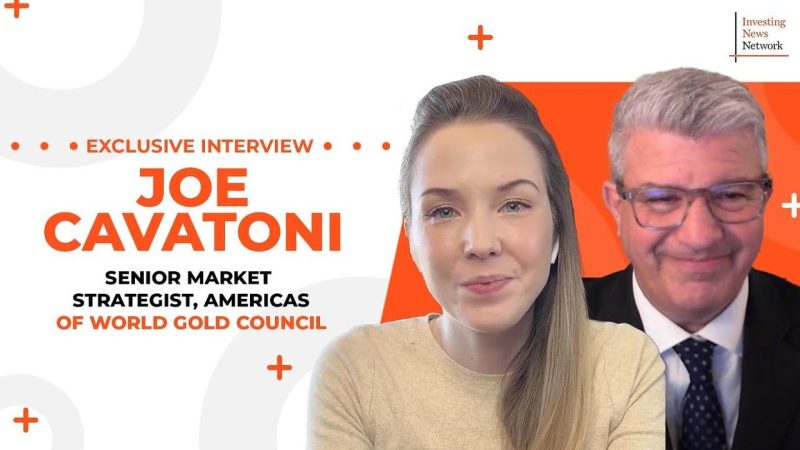
Joe Cavatoni: The Golden Rush Continues, Fueled by Eastern Markets!
Joe Cavatoni, Managing Director of the World Gold Council based in USA, has built a reputation for his insightful comments on the gold market. Noteworthy among his recent analyses is the remarkable assertion that the gold run is far from over. This statement might be surprising given current global economic conditions, but according to Cavatoni, Eastern markets have a significant role to play in driving the price of gold.
Though gold prices have seen some fluctuations in the past years, Cavatoni remarks this is nothing unusual. Gold, like every other asset, is subject to market dynamics, and the observable ebb and flow of its prices is to be expected. Cavatoni, however, argues that these price changes should not be misinterpreted as a sign of gold’s diminishing value. On the contrary, he believes that gold will continue to be a crucial player in the global economy, and Eastern markets are the key stakeholders that can reinforce its stability and prospects.
Eastern economies, notably China and India, are proving to be the axis on which the global gold market spins. Cavatoni observes that the increasing economic growth in the East is contributing to a rising demand for gold. Apart from buying gold for jewellery, these economies also view gold as a robust investment. Traditionally, gold is considered a ‘safe-haven asset’, a form of insurance against economic uncertainty. The ongoing expansion in Eastern markets means a large and growing population can afford such insurance, driving up demand and, consequently, the price of gold.
Moreover, policies and initiatives conducted by Eastern governments make gold even more attractive as an asset. For instance, the Indian government has implemented policies to make it easier for the general public to invest in gold, hence expanding the market. Meanwhile, in China, efforts to internationalize the Renminbi have led to greater interest in diversifying into gold. In addition, there is also an increasing trend among Eastern central banks to shore up their gold reserves, increasing the global demand for gold for official purposes.
Apart from the Eastern demand side, Cavatoni remarks on another crucial point: the supply side. The discovery of new gold mines has been stagnating, while the extraction of gold is becoming increasingly expensive due to declining ore grades and rising costs. The basic law of economics states that if demand increases while supply remains constant or decreases, prices will inevitably rise. This again suggests that the run for gold is not over; the yellow metal will continue to gleam bright in the global economy.
In essence,

